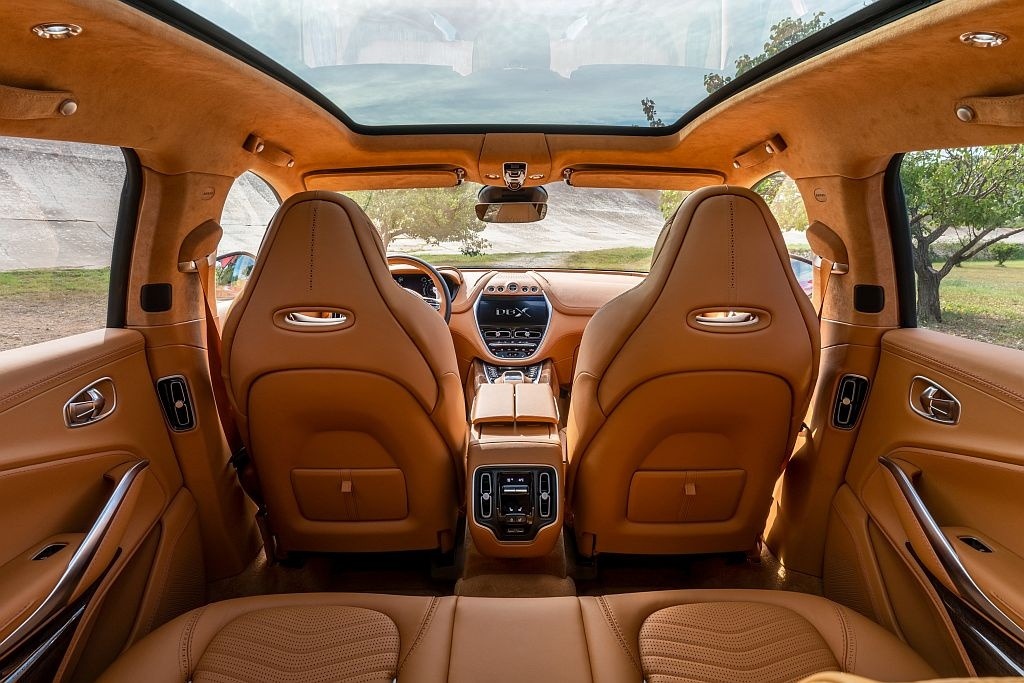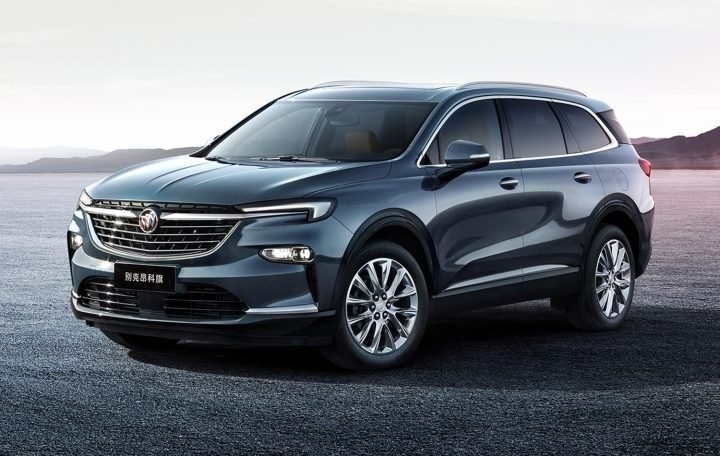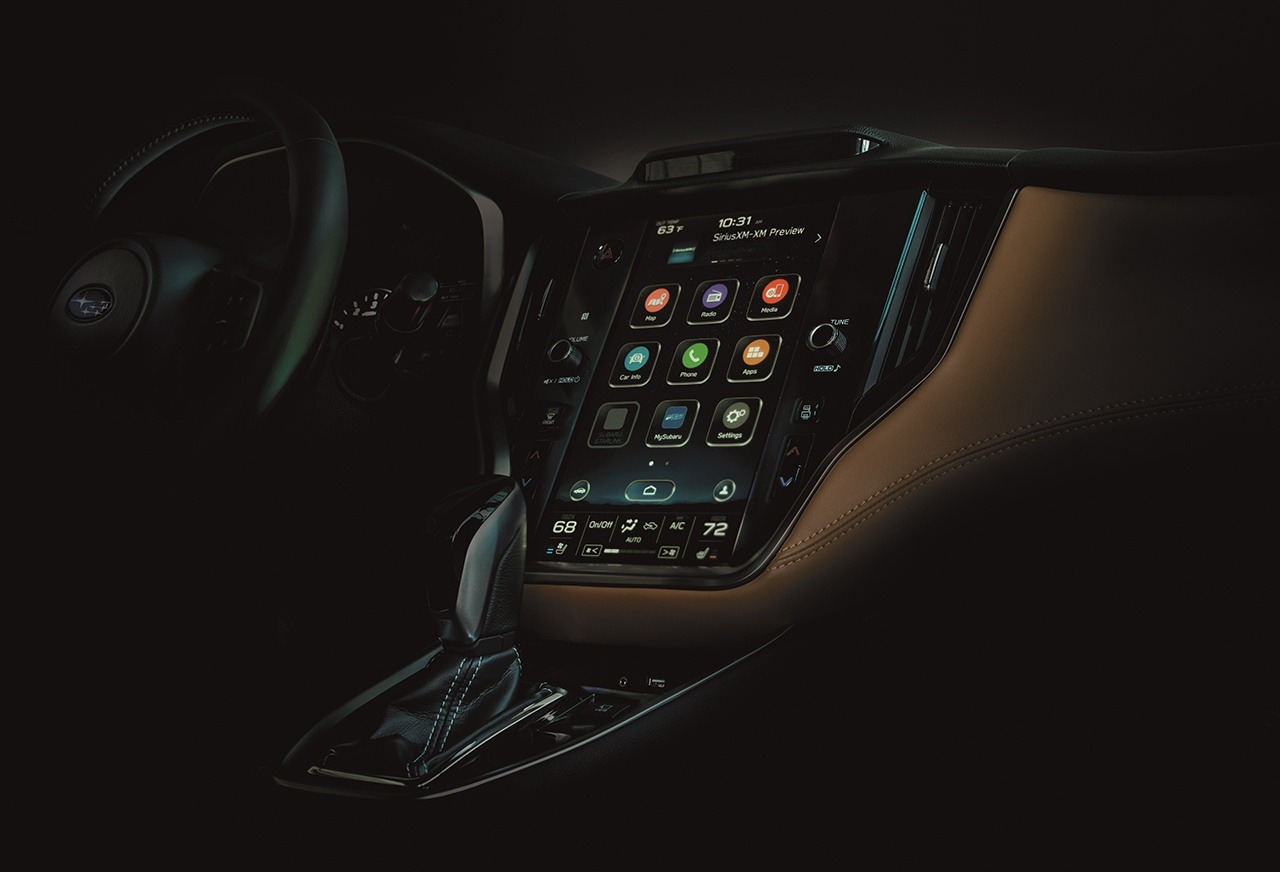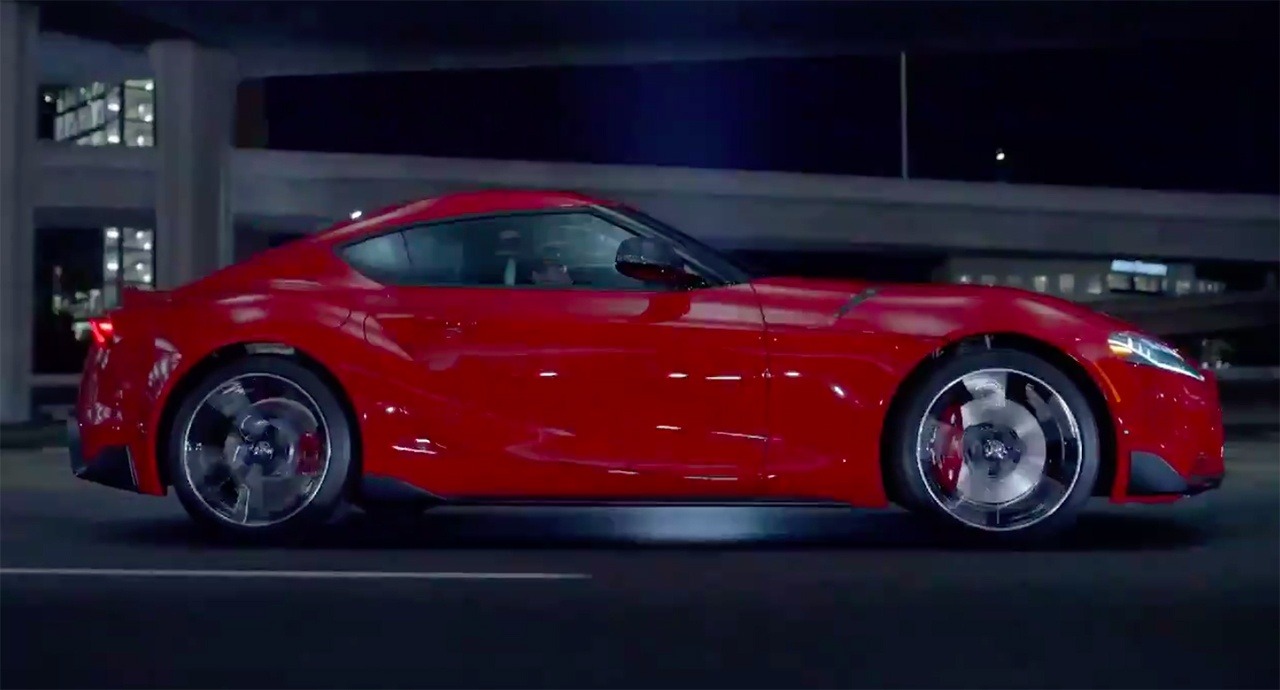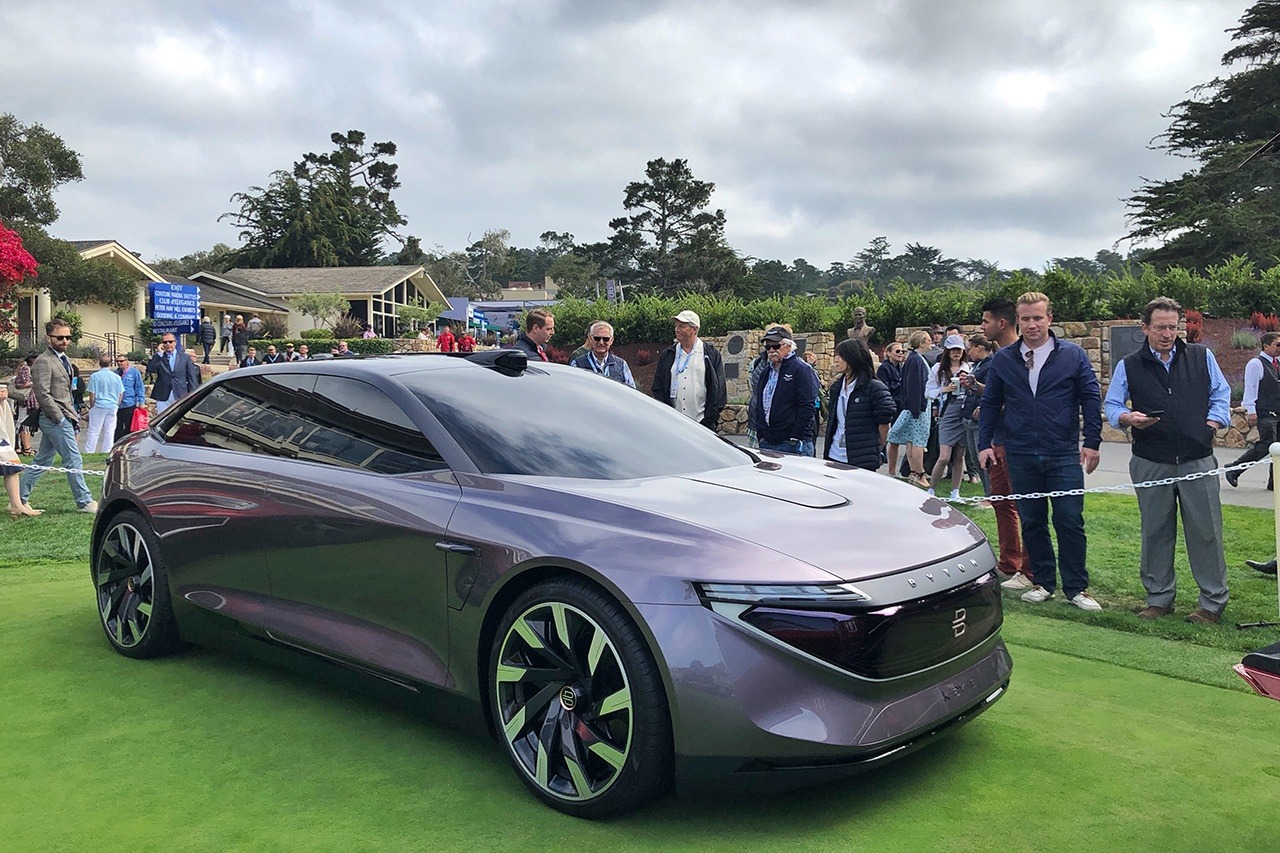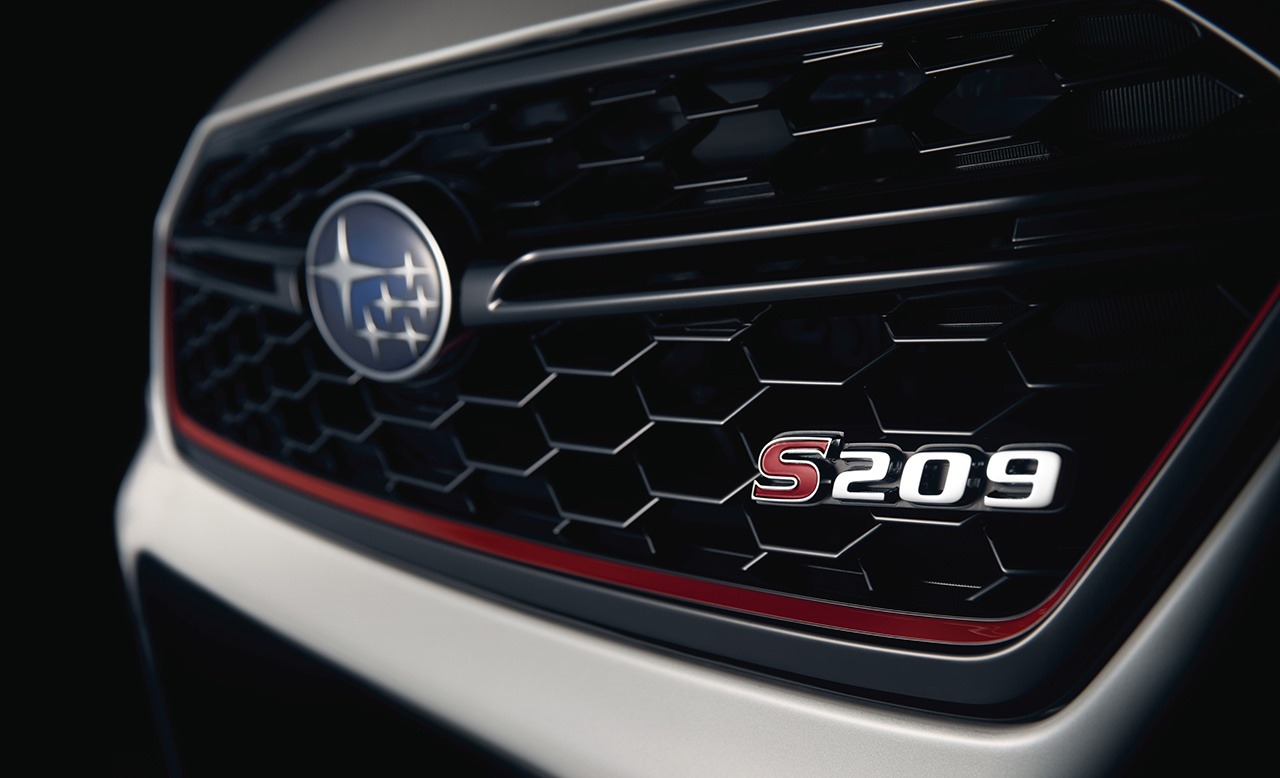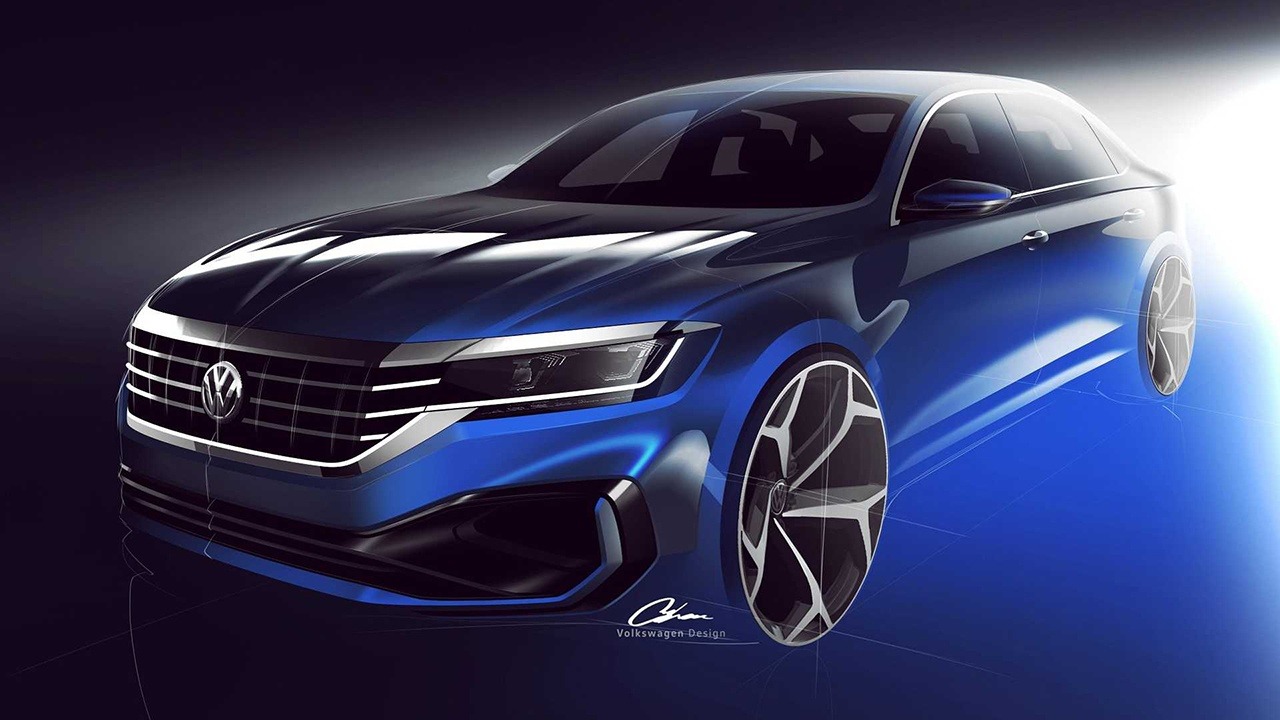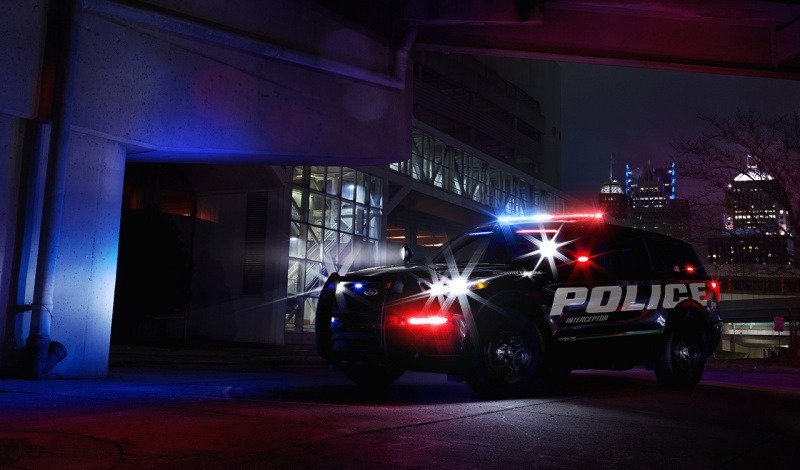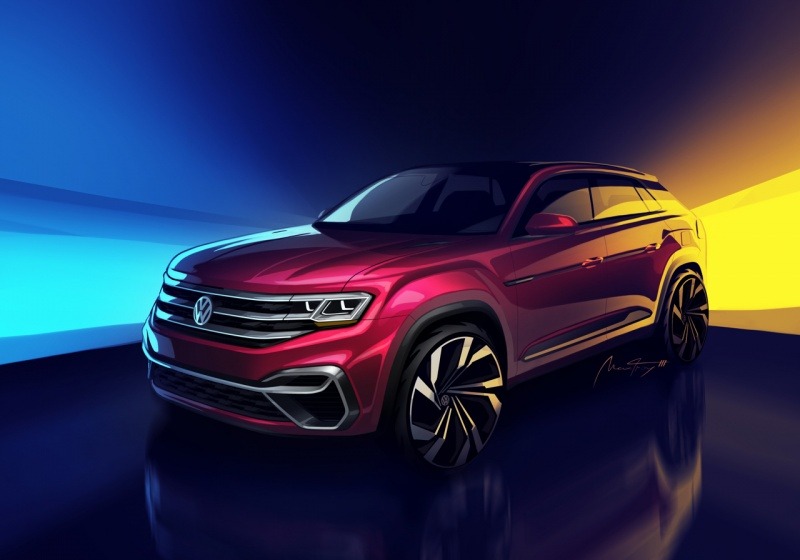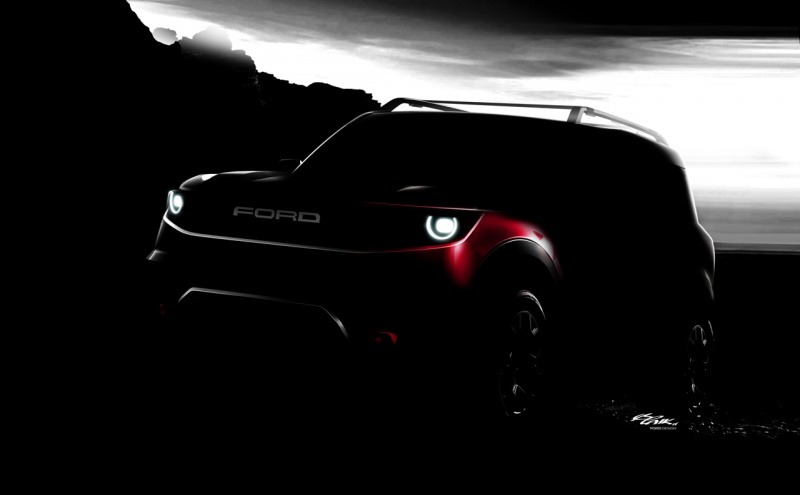Search the Community
Showing results for tags 'preview'.
-
The rumors that have been swirling around for the past year have been laid to rest this morning. General Motors announced that Hummer will be returning as GMC-branded electric pickup truck boasting 1,000 horsepower and 11,500 lb-ft of torque. 0-60 mph will take three seconds. Those hoping for detail...
-
The rumors that have been swirling around for the past year have been laid to rest this morning. General Motors announced that Hummer will be returning as GMC-branded electric pickup truck boasting 1,000 horsepower and 11,500 lb-ft of torque. 0-60 mph will take three seconds. Those hoping for detail...
-
The Aston Martin DBX, the first SUV for the brand, will be debuting on November 20th in Beijing, China. However, some information and pictures have been released early. The starting price of the DBX in the US will be $189,900. A lot of money, but from the looks of the interior, it could be mo...
- 8 replies
-
- aston martin
- dbx
-
(and 1 more)
Tagged with:
-
- 8 comments
-
- aston martin
- dbx
-
(and 1 more)
Tagged with:
-
China is by far Buick's most important market. More than three quarters of all Buicks sold are sold in China. To that end, it should be no surprise that China gets updated models before the U.S. and also get variants that never will see our shores. Even models that are dead in the US, like the Lacr...
-
China is by far Buick's most important market. More than three quarters of all Buicks sold are sold in China. To that end, it should be no surprise that China gets updated models before the U.S. and also get variants that never will see our shores. Even models that are dead in the US, like the Lacr...
-
- 23 comments
-
Subaru has announced that next week, it will be showing off the all-new 2020 Legacy at the Chicago Auto Show. To promote the announcement, the Japanese automaker has dropped a couple of teaser images. The exterior looks to be an evolution of the current shape, complete with the same headlights...
- 23 replies
-
Toyota was hoping to keep the Supra under wraps until Monday when it makes its world debut at the Detroit Auto Show. However, the Japanese automaker's Mexico office had a different idea. Yesterday, Toyota Mexico tweeted out a video showing the Supra without any camouflage. The tweet, translated from...
- 16 replies
-
- 2020 toyota supra
- detroit auto show
-
(and 2 more)
Tagged with:
-

Preview: 2020 Toyota Supra
William Maley posted an article in North American International Autoshow (NAIAS-Detroit)
Toyota was hoping to keep the Supra under wraps until Monday when it makes its world debut at the Detroit Auto Show. However, the Japanese automaker's Mexico office had a different idea. Yesterday, Toyota Mexico tweeted out a video showing the Supra without any camouflage. The tweet, translated from...- 16 comments
-
- 2020 toyota supra
- detroit auto show
-
(and 2 more)
Tagged with:
-

Byton M-Byte's Interior Features A 48-Inch Wide Infotainment System
William Maley posted an article in C.E.S.
Chinese electric car start-up Byton surprised everyone last year at Consumer Electronics Show with the M-Byte electric crossover concept. The vehicle was quite futuristic in terms of looks and featured a gargantuan touchscreen for the infotainment system. Last night, the company unveiled a productio... -
Chinese electric car start-up Byton surprised everyone last year at Consumer Electronics Show with the M-Byte electric crossover concept. The vehicle was quite futuristic in terms of looks and featured a gargantuan touchscreen for the infotainment system. Last night, the company unveiled a productio...
-
Subaru will be introducing a special edition of their hotted-up WRX STi next month at Detroit Auto Show called the S209. The company is keeping quiet on numerous details such as power figures and possible upgrades. But we can deduce some details by looking back at other S20(X) models. Back in 2...
- 6 replies
-
- detroit
- detroit auto show
- (and 4 more)
-
Volkswagen has released some sketches of the upcoming 2020 Passat that will be debuting next month at the Detroit Auto Show. It is clear that the automaker is addressing one of the biggest complaints about the current model, the boring exterior. Volkswagen is taking some ideas from the smaller Jetta...
- 7 replies
-
- 2020
- detroit auto show
-
(and 4 more)
Tagged with:
-
Volkswagen has released some sketches of the upcoming 2020 Passat that will be debuting next month at the Detroit Auto Show. It is clear that the automaker is addressing one of the biggest complaints about the current model, the boring exterior. Volkswagen is taking some ideas from the smaller Jetta...
- 7 comments
-
- 2020
- detroit auto show
-
(and 4 more)
Tagged with:
-

2020 Ford Police Interceptor Utility Sneakily Previews Next Explorer
William Maley posted an article in Ford
-
Today, Volkswagen announced that it would be building a five-passenger variant of the Atlas crossover. The “Five-Passenger Atlas,” as Volkswagen is calling it at the moment will be shown in concept form next week at the New York Auto Show. It is unclear whether the five-seat version will be shorter,...
- 10 replies
-
- atlas
- five-seat atlas
-
(and 3 more)
Tagged with:
-
Today, Volkswagen announced that it would be building a five-passenger variant of the Atlas crossover. The “Five-Passenger Atlas,” as Volkswagen is calling it at the moment will be shown in concept form next week at the New York Auto Show. It is unclear whether the five-seat version will be shorter,...
- 10 comments
-
- atlas
- five-seat atlas
-
(and 3 more)
Tagged with:
-
Ford held an event today at their Dearborn HQ for automotive media to talk about what they have in store for the next 24 months. Between now and 2020, Ford will have replaced three-quarters of its lineup. According to those who attended the event, Ford is primarily focusing on two areas; utility veh...
-
- ford
- future products
-
(and 1 more)
Tagged with:
-
Ford held an event today at their Dearborn HQ for automotive media to talk about what they have in store for the next 24 months. Between now and 2020, Ford will have replaced three-quarters of its lineup. According to those who attended the event, Ford is primarily focusing on two areas; utility veh...
-
- ford
- future products
-
(and 1 more)
Tagged with:
-
Toyota appears to be taking the 'long-view' with their teaser for the Chicago Auto Show. You can barely make out the 4Runner, Tacoma, and Tundra in the picture provided. "Toyota will unleash its next batch of trail-ready four-wheelers on February 8th, 9 a.m. CST, at the 2018 Chicago Auto Show,"...
- 2 replies
-
- chicago
- chicago auto show
-
(and 2 more)
Tagged with:
-
Mercedes-Benz has been releasing a surprising amount of information on the upcoming 2019 G-Class before its debut at the Detroit Auto Show. Last month, the German automaker dropped some information concerning the interior. This latest batch of information deals with the off-road capability, somethin...
- 65 replies
-
- 2019 g-class
- detroit
-
(and 4 more)
Tagged with:





